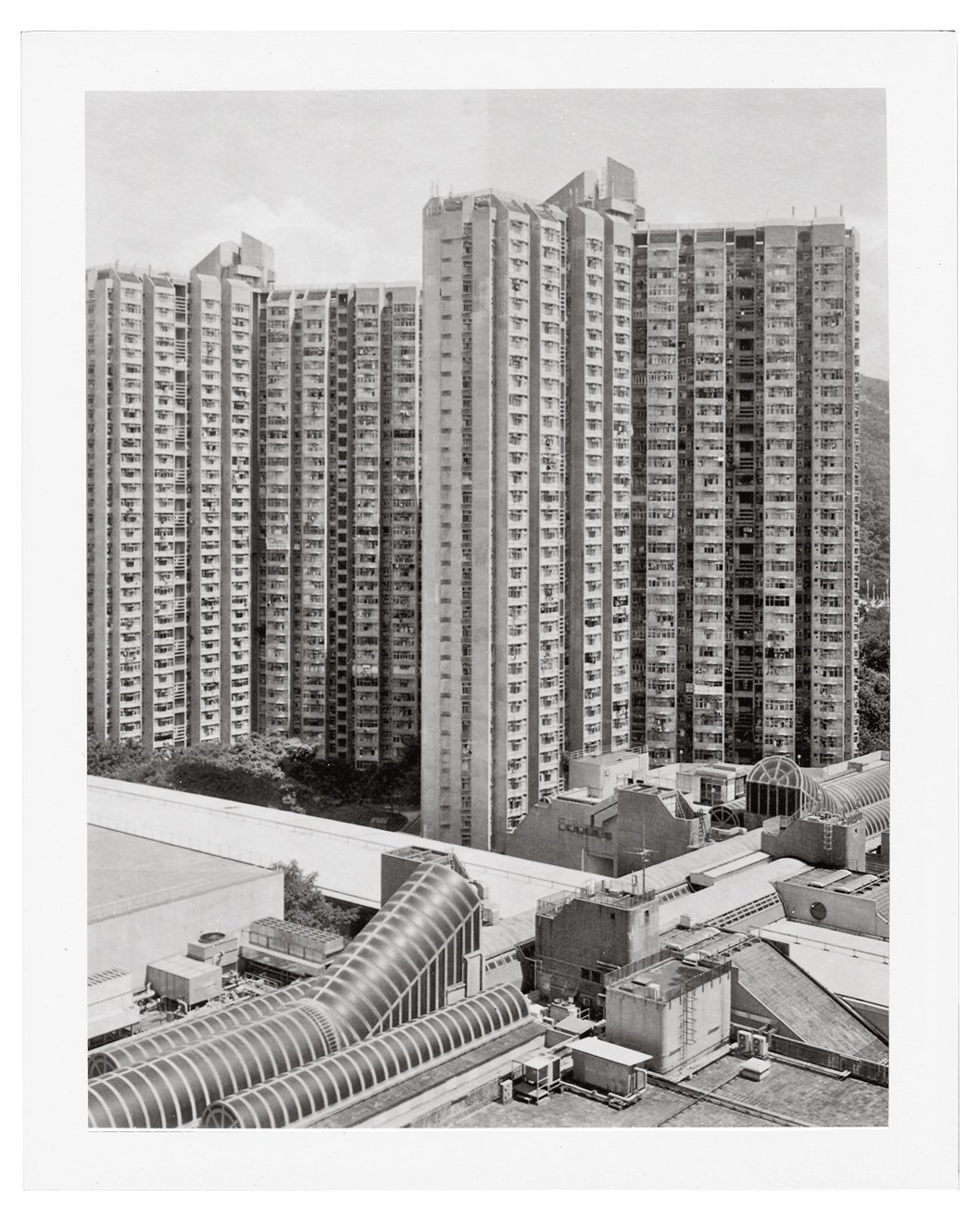Book Review: Hong Kong - Perspectives, Prospectives, Typologies by Pascal Greco
Pascal Greco, a self-taught filmmaker, cinematographer, editor, and photographer, whose earlier works also consisted of documenting the urban landscape, has released his latest collection of photographs in book form. Hong Kong - Perspectives, Prospectives, Typologies is an intriguing collection of Polaroid photographs of apartment complexes in this densely populated city. It is an examination of not simply the structures themselves, but of their evolution and proliferation throughout the region in one of the world’s most important financial centers. While not the first time Greco has used instant film as the building blocks for bodies of work, this is his most ambitious effort thus far. The collection spans the years 2012-2017 and clearly took a concentrated effort to complete using film that is no longer commercially available for purchase.
The examination of these structures has me recalling recent trips to cities in the U.S. such as Austin, Nashville, and San Francisco, all with their own ever bourgeoning condominium complexes taking over the city skylines at an astronomical pace. In some instances, these parallels are rooted in the same reasons - limited land availability and an increasing population. One of the most interesting aspects of this study over the years is the fact that Greco takes us on a historical journey of the smallest and earliest buildings at the start of the book, into growth over time into the more recent mega-complexes toward the end. Certainly, as the population grew, so did the sheer size and complexity of the housing units. Also noted throughout, are the starkness of the building architecture, coupled with the complexity of the ever-growing layout.
For anyone paying attention, it can also be noticed that the entire collection of photographs are actually 1:1 reproduction of the original Polaroid prints created while making these images. I will admit some bias towards loving this about the book, as my own interest in instant film is widely known. That aside, however, it can be seen that the act of relegating oneself to one type of film and one type of camera with a fixed lens, the process of creating these photographs takes on a journey that forces Greco to spend a tremendous amount of time finding the right angle and view to make the intended image each and every time. Again, the size of the buildings in the sequencing start to finish increases over time, so the need to move farther and farther away simply to fit the structure within the frame means having to get yourself that much further away to the point of finding yourself at an incredible distance from the subject. All of this maneuvering creates images that are intimate at the start, yet distant and remote at the end. Perhaps, this only goes to solidify the notion that the society itself has become less connected over time due to its own overpopulation.
The results of this collection of work force us to find beauty in the mundane, while at the same time examine our own modern society through the living spaces we occupy. While the buildings themselves, at first glance, seem boring and a bit obnoxious, it is their form, sheer size, and relation to the landscape they reside in that makes them an intriguing statement on contemporary life. The black and white images focus on form and texture and help in allowing the work a timeless feel. The sequencing and progression of the images - from their corner locations, to rooftops, window studies, public spaces with literally no public within view, to the monolithic structures existing between shrinking green spaces, are all a fascinating study of what it might be like to live in the confines of Hong Kong in the 21st century.
From the perspective of one who responds well to instant film, film use in general, or architecture, this book fits the bill for any and all of these concepts. From a design standpoint, the layout and text is clean and makes for an easy read. The overall size of the book is smaller, due to the 1:1 sizing of the original Polaroid prints, and has the feel of taking your favorite novel for a spin. The construction and materials of the book, including its embossed title, are of wonderful craftsmanship for this intimate book of photographs, and it is clear that this will stand the test of time in more ways than one. This photo book has taken a spot on my bookshelf that shall be forever within easy reach.
Pick up Hong Kong - Perspectives, Prospectives, Typologies and connect with Pascal Greco on his Website!
Hong Kong - Perspectives, Prospectives, Typologies
Publishers: Infolio Editions, Switzerland & Mccm Creations, Hong Kong - 2018
135 Polaroids
224 pages
17.5 x 23 cm
Paper: Magno Satin 170 gr.
Design by NASK
Texts by Dr. Ernest Chui, Hendrik Tieben, Evelyn Ting & Paul Tse; in English, Chinese, and French
Printed in Courvoisier, Switzerland
Gallery
ABOUT THE AUTHOR
Michael Kirchoff is a photographic artist, independent curator and juror, and advocate for the photographic arts. He has been a juror for Photolucida’s Critical Mass, and has reviewed portfolios for the Los Angeles Center of Photography’s Exposure Reviews and CENTER’s Review Santa Fe. Michael has been a contributing writer for Lenscratch, Light Leaked, and Don’t Take Pictures magazine. In addition, he spent ten years (2006-2016) on the Board of the American Photographic Artists in Los Angeles (APA/LA), producing artist lectures, as well as business and inspirational events for the community. Currently, he is also Editor-in-Chief at Analog Forever magazine, and is the Founding Editor for the online photographer interview website, Catalyst: Interviews. Previously, Michael spent over four years as Editor at BLUR magazine. Connect with Michael on his Website and Instagram!
















